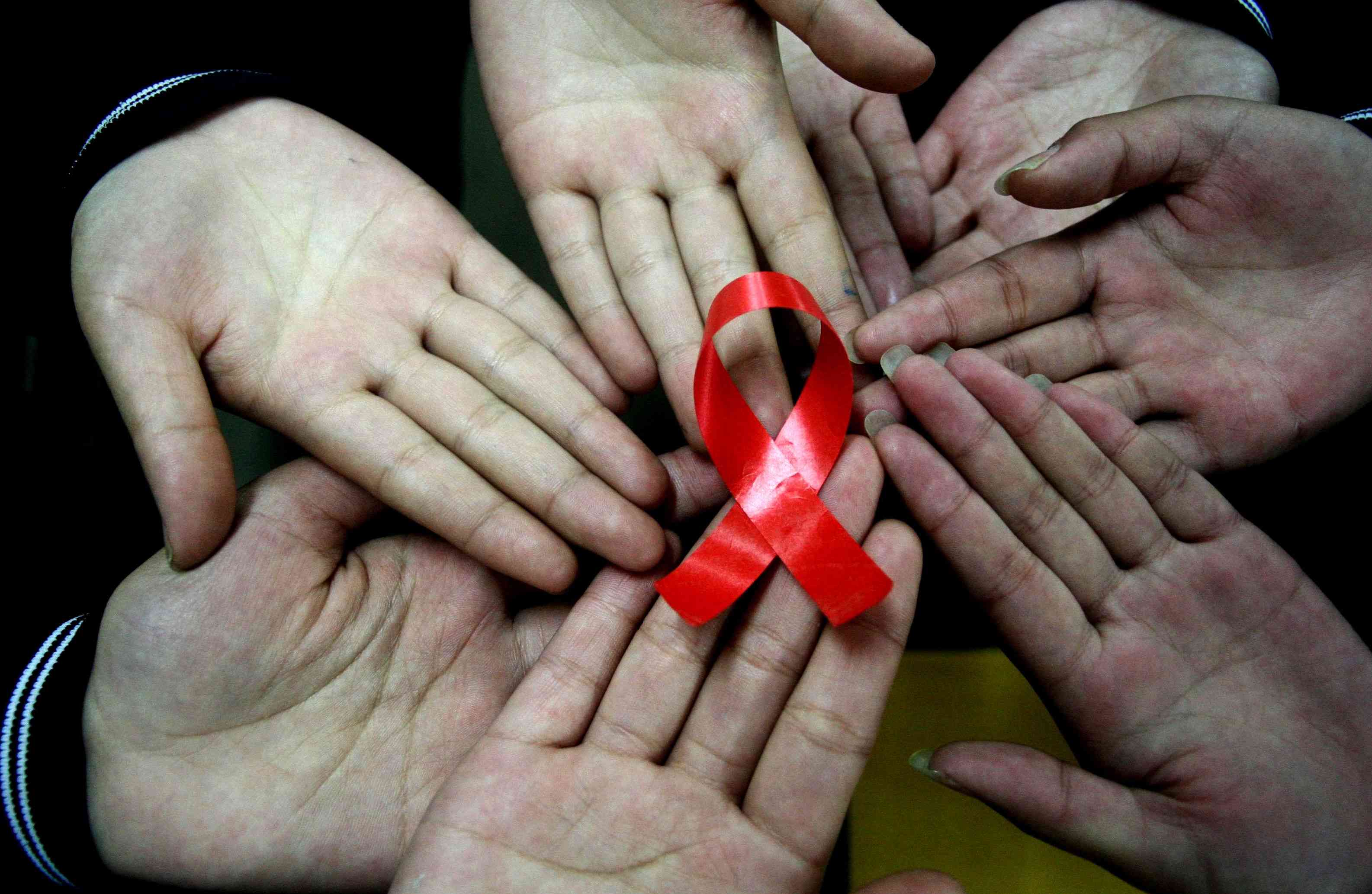
ANTIRETROVIRAL treatment coverage for children remains at 48% while adult coverage has improved to 76% globally, a situation that has alarmed the government and authorities at the National Aids Council in Zimbabwe, NewsDay has established.
Speaking during a two-day workshop on HIV research held under the theme, Accelerating 95-95-95 HIV targets among children, Health and Child Care ministry’s national paediatric HIV care and treatment co-ordinator Angela Mushavi said children account for only 4% of all individuals living with HIV, yet they face a staggering 15% mortality rate from Aids-related illnesses.
She said the disparity led to an alliance that was formed in 2022 and launched in Montreal in Canada, the Global Alliance to End AIDS among Children by 2030.
“The message here is if we don't pick up children that are infected early, if we do not initiate them on treatment, we are going to lose children,” Mushavi said.
“The Global Alliance represents a child and adolescent-friendly approach to ending Aids among children. While I will not delve into all four pillars today, I want to highlight that our first pillar focuses on intensifying testing, finding children, ensuring they receive treatment, and achieving viral suppression.
“This is the very theme of our symposium, and its relevance will become clear as we explore the research together,” she said.
Mushavi said stigma, discrimination and gender inequality resulted in people refraining from seeking services.
“Babies are giving us babies at under nine and ten years old. They are not even adolescents. They are still children, but they are giving us babies.
- Junior Sables confident ahead of U20s Canada Conference
- Eva heads for Miss Heritage Global
- Health Talk: National Health Insurance can foster better solutions
- Letter to my people: There is trouble in the cockpit
Keep Reading
“That tells you the importance of pillar three, which is preventing new HIV infections in those women of reproductive age, particularly in the young girls, adolescent girls and young women.
“Prevention is key in our data within the national health information system. We find that about 50% of births or pregnancies are to girls and women under 30 years. 33% of pregnancies in this country are to adolescent girls and young women.”
NAC monitoring and evaluation director, Amon Mpofu said the council valued the use of evidence, from its generation to utilisation to informed decision making, both at policy and programme levels.
“The path to ending AIDS by 2030 now highly requires use of evidence and strategic information to optimise the response and move away from one-size-fits-all interventions.
“As the co-ordinator of National Response to HIV, we are fully aware that evidence and strategic information are part of our broader mandate and to ensure that we use this evidence.
“These include the HIV and AIDS research priorities. I hope you have seen and are making use of the HIV AIDS research database, the HIV AIDS research support grants, and this platform to disseminate the findings.”
Parirenyatwa Group of Hospitals medical officer Tsitsi Magure said Zimbabwe had already achieved 95-95 targets among adults, but continues to lag behind among children.
“Ending AIDS by 2030 could be unachievable if we do not pay attention to the challenges affecting childhood services among children,” she said.
“It is a fact that a lot of research whose findings are profound to the response of HIV is taking place in Zimbabwe.
“Much of it, however, is going unreported and unshared, partly because of lack of platforms to do so. This symposium is therefore a critical component of the response that should be supported and strengthened.”
She said this was partly due to the fact that HIV has continued to evolve, both in how its understood it and the challenges it presents.
“This evolution cannot occur without research and the pursuit of evidence. Research is a very strategic part of the national response to HIV, which seeks to establish a pool of knowledge and evidence vital to the development of effective policies and programmes,” she said.










